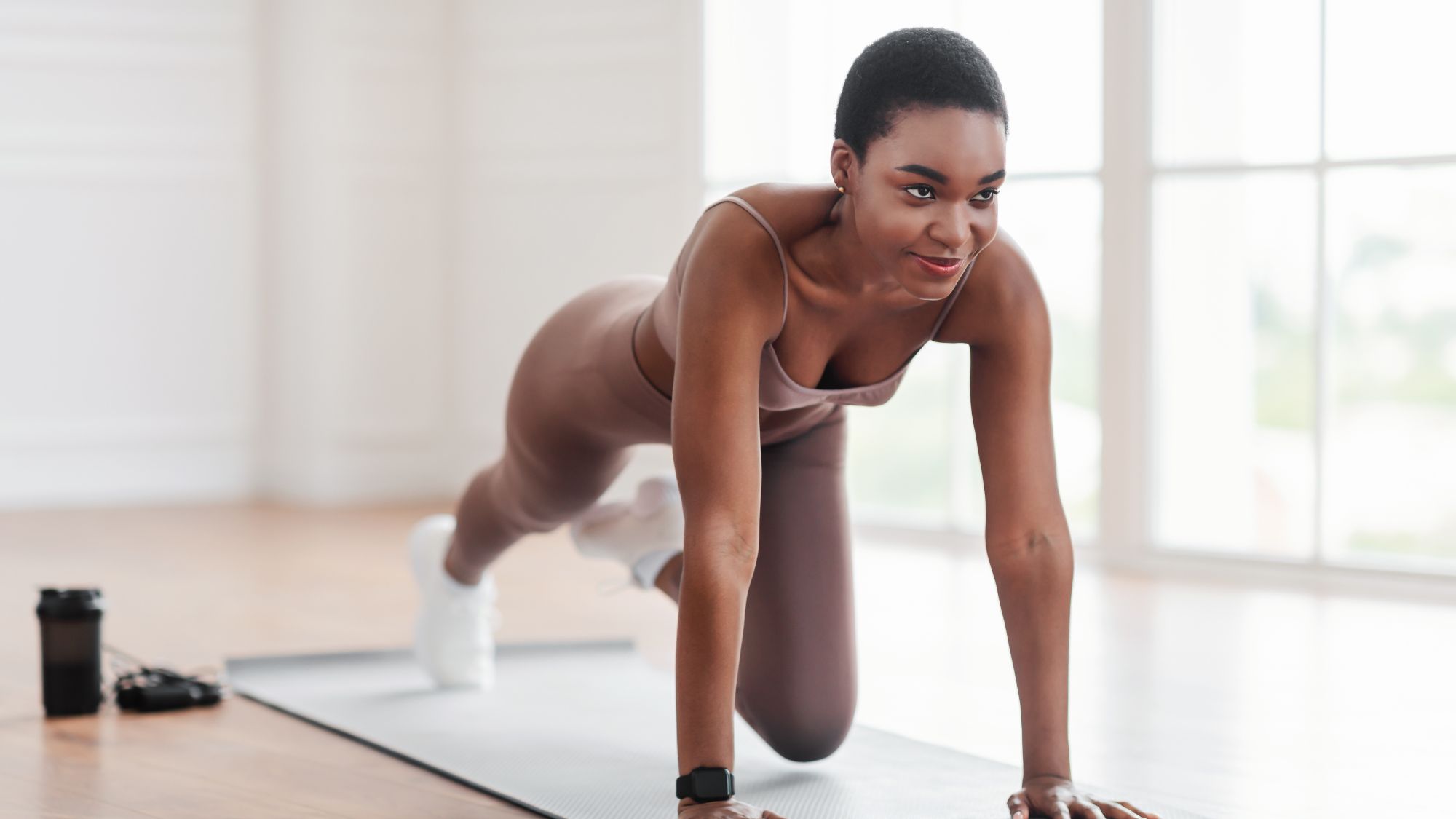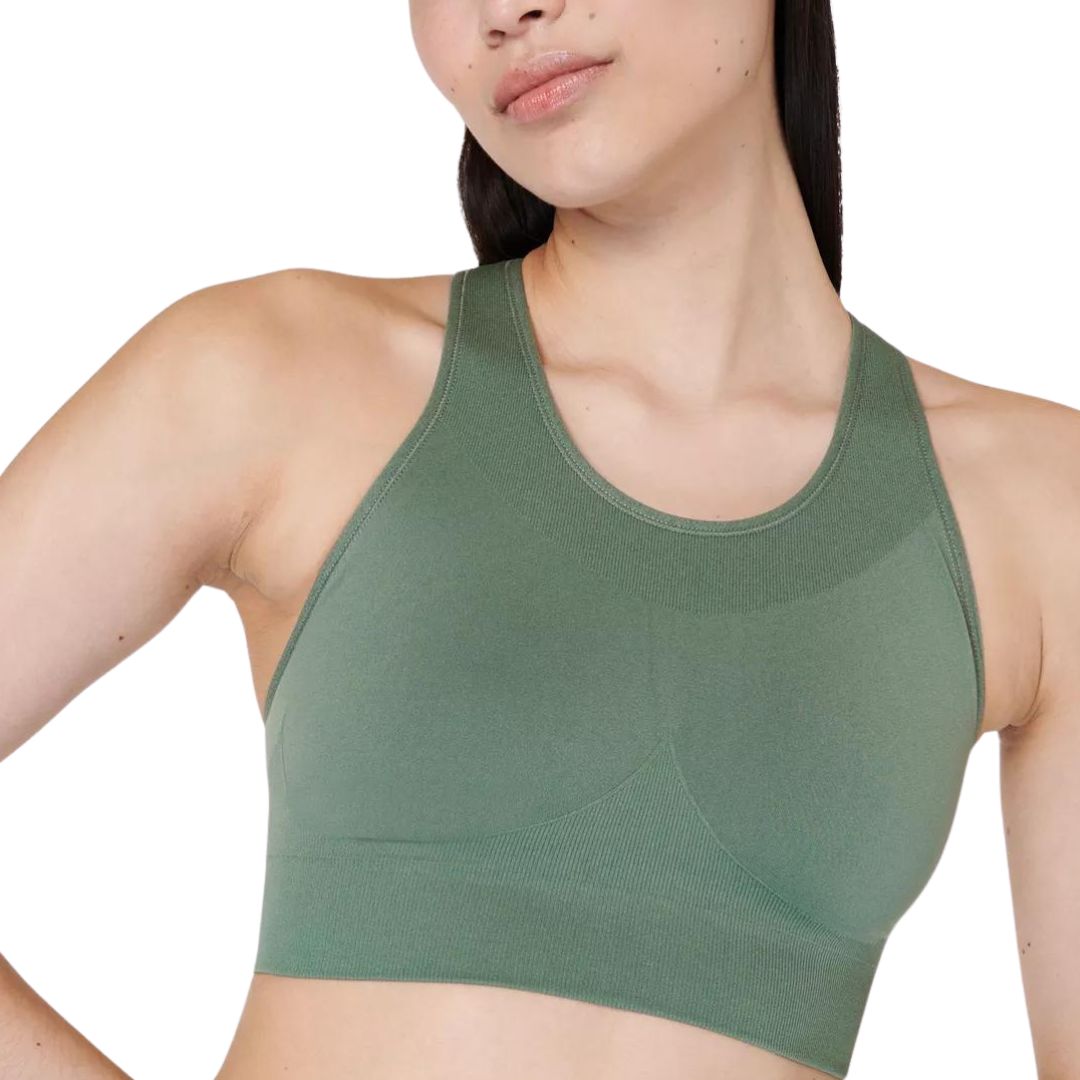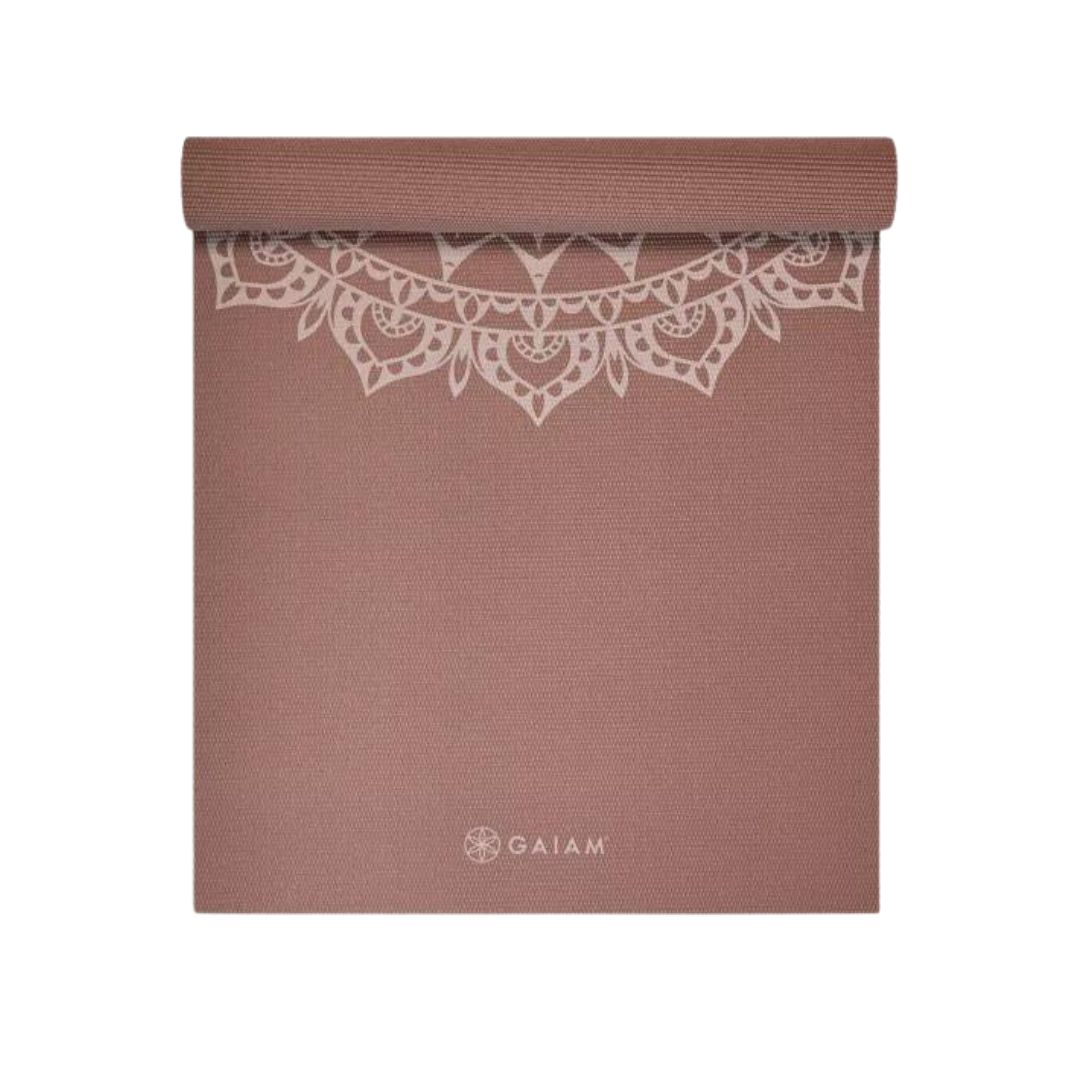It's taken over the Internet, but is Pilates really as good as it claims to be for core strength? Experts explain
Engage those abs.


It’s a massive understatement to say that Pilates is having a moment. Yes, it’s only April (although it might feel like February), but we’re calling it – it’s the workout of 2024. It feels like literally everyone is hopping into the practice, and we can’t say we blame them – Pilates offers some serious benefits. Studies (such as this one, published in the journal Frontiers in Neurology) show a regular practice can enhance sleep quality, improve posture and boost mood and flexibility. What’s not to love?
So, when it comes to core strength, is are Pilates moves really as good as they claim to be? If social media is to be believed (and we’re generally sceptical, it has to be said), you might be manifesting streamlined, toned abs and a core of steel in no time. But can a few weekly toe taps and hip bridges honestly boost your core strength, or is building abdominal muscle more complex than this?
To get the answers once and for all, we turned to top experts to get their take. Read on to discover what we learned, plus the science behind the benefits. Do scroll our guides to Pilates for beginners, wall Pilates and Pilates challenges, while you're here, plus our edit of the best at-home Pilates bar workouts and 20 minute Pilates workouts, here.
Is Pilates good for core strength? We asked the experts
What is core strength?
First things first, you might be wondering what we mean by core strength. We’ve said it before and we’re saying it again: core strength is about so much more than visible abs.
“The terms core and abs are often used interchangeably, but there is a distinct difference,” personal trainer Mandy Wong Outram previously told Marie Claire UK. “The core comprises all the muscles in the body's trunk, including your abdominal muscles (transverse abdominis, internal obliques, external obliques and rectus abdominis) as well as your multifidus, erector spinae, diaphragm, and pelvic floor muscles. On the other hand, the abs specifically refer to four muscles located between the ribs and pelvis on the front of the body: transverse abdominis, internal obliques, external obliques, and rectus abdominis.”
So, having a strong and stable core requires engaging all of these muscles regularly – something a few crunches here and there simply won’t achieve.
Why is core strength important?
There is a myriad of reasons to build and maintain a strong core. Research – such as this study, published in the Journal of Sports Sciences – shows that training your core boosts stability in dynamic motion (for example, running and walking), can help to prevent injury and improve your posture, among other benefits.
Celebrity news, beauty, fashion advice, and fascinating features, delivered straight to your inbox!
And the pros aren’t limited to athletic performance: a stable mid-section contributes to better functional movement and agility in everyday life – meaning you’re less likely to struggle with carrying heavy items, and you’re more likely to be able to catch yourself if you trip or stumble – even more important if you’re wearing slightly dubious footwear (not to mention after a few cocktails).
How does Pilates benefit core strength?
Ok, so we’re sold on the benefits – but can Pilates deliver the results? You might be interested to learn that a strong core is truly at the centre (pun intended) of any Pilates practice.
1. Core strength is at the heart of any Pilates practice
“In Pilates, it is believed that all movement comes from a strong centre or ‘core’ which we refer to as the 'powerhouse',” explains Pilates teacher Aleksandra Warburton. “Unlike traditional abdominal workouts that primarily target surface muscles, Pilates focuses on strengthening and developing deep core muscles such as the transverse abdominis (TVA), the pelvic floor, and multifidus.”
And if you’re familiar with the practice, you’ll no doubt have performed many of the core-specific moves – such as The Hundred, a Pilates plank and scissors.
“These slow, controlled movements work to engage those deep core muscles, promoting stability, balance, and strength from within,” says Warburton. “You can’t help but engage your abdominals to perform the moves correctly.”
2. Its benefits aren’t limited to core-specific moves
But the core-strengthening benefits of Pilates aren’t limited to simply core-specific moves.
“One of the six key principles of Pilates is what’s known as 'centering',” explains Warburton. “The concept of centering involves engaging the powerhouse throughout the whole session (and beyond) to improve physical stability, posture and create a sense of internal strength. This transcends the abdominals and promotes overall support of the whole body.”
In other words: even when you think you’re just working your legs or arms, if you’re practicing Pilates correctly, your core will be engaged throughout. Win, win.
3. Pilates breathing enhances muscle activation
Furthermore, studies (such as this one, published in The Journal of Physical Therapy Science) show that even the way we breathe while practicing Pilates can significantly improve our core muscle activation – mind, blown.
“Pilates emphasises proper breathing techniques, facilitating greater oxygenation and circulation to the core muscles,” agrees Warburton. “This further enhances their strength and endurance and improves overall body coordination and control.”
Is Pilates really as good as it claims to be for core strength?
So often in the fitness world, things aren’t as simple as this, but in a word: yes.
“Pilates is a highly effective practice for developing a strong and stable core,” advises Warburton. “I would say it really is as good as it claims to be! The effectiveness of Pilates for core strength is well-founded and backed up by science.”
If you’re after a workout that targets both superficial and deep core muscles, you can’t go far wrong with Pilates. A workout that balances strength, mobility and flexibility, every single exercise will engage your core – even more so if you’re able to cultivate a strong mind-muscle connection also.
And with that, we’re off to a Reformer Pilates class. See you there.
Shop MC UK's go-to Pilates kit

Anna Bartter is a freelance journalist who writes about health, fitness and women's lifestyle for publications including Stylist, Metro and Psychologies, among others.
She's always on a quest to find a variety of fun and functional workouts that give you the most bang for your workout buck and she's passionate about championing movement for everyone's mental and physical wellbeing.


